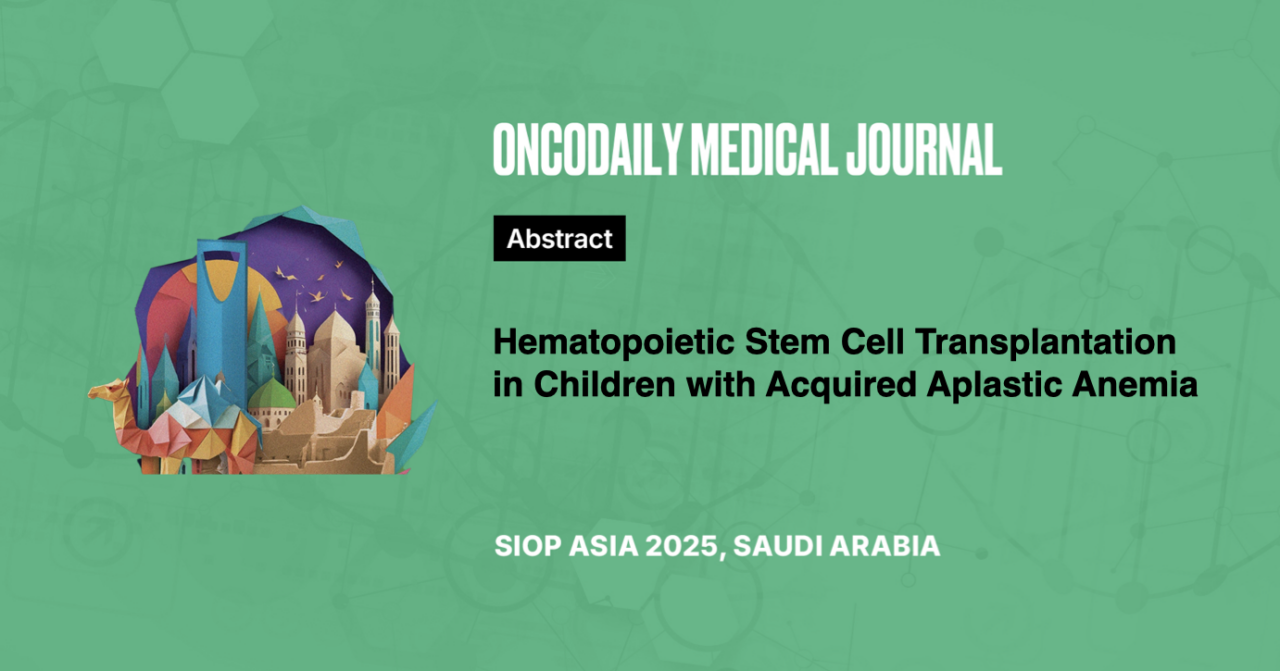Hematopoietic Stem Cell Transplantation in Children with Acquired Aplastic Anemia
Abstract
Introduction: Over the past decades, the treatment for aplastic anemia (AA) has greatly improved, with allogeneic hematopoietic stem cell transplantation (allo-HSCT) becoming central to its management. Allo-HSCT is considered first-line therapy in cases where a histocompatible bone marrow donor is available, the patient has a short history of blood transfusions, and the disease is severe.
However, the limited use of allo-HSCT often stems from the absence of a suitable related donor. Hematopoietic stem cell transplantation at the Scientific Center of Pediatrics and Pediatric Surgery (SCP&PS) has been ongoing since 2012. This study aims to analyze the outcomes of allo-HSCT in children with acquired aplastic anemia (AAA).
Methodology: Between 2012 and 2024, 18 patients with AAA underwent allo-HSCT as first-line therapy at SCP&PS. Of 24 patients, 13 were boys and 11 were girls, with a mean age of 9 years (range 3–16 years). The conditioning regimen included Cyclophosphamide (50 mg/kg/day from day 5 to day 2) and thymoglobulin (2.5 mg/kg from day 8 to day 5). The mean number of CD34+ cells infused per kilogram of body weight was 3.9 × 10^6.
Results: All patients had graft engraftment. Leukocyte recovery (above 1.0 × 10^9/L) occurred by day 24 (range 15–41), and platelet recovery (above 20 × 10^9/L) by day 21 (range 16–40). Platelet recovery to above 50 × 10^9/L occurred on day 28 (range 19–42). Two patients died early from veno-occlusive disease and sepsis. The median follow-up was 26 months (range 1–67). One patient developed secondary malignancy, and another required a second allo-HSCT due to graft hypofunction.
Conclusion: The 5-year overall survival rate for 24 patients was 72% ± 12%, slightly lower than international results. Improved donor search times and pre-transplantation stages are needed to enhance allo-HSCT outcomes.





